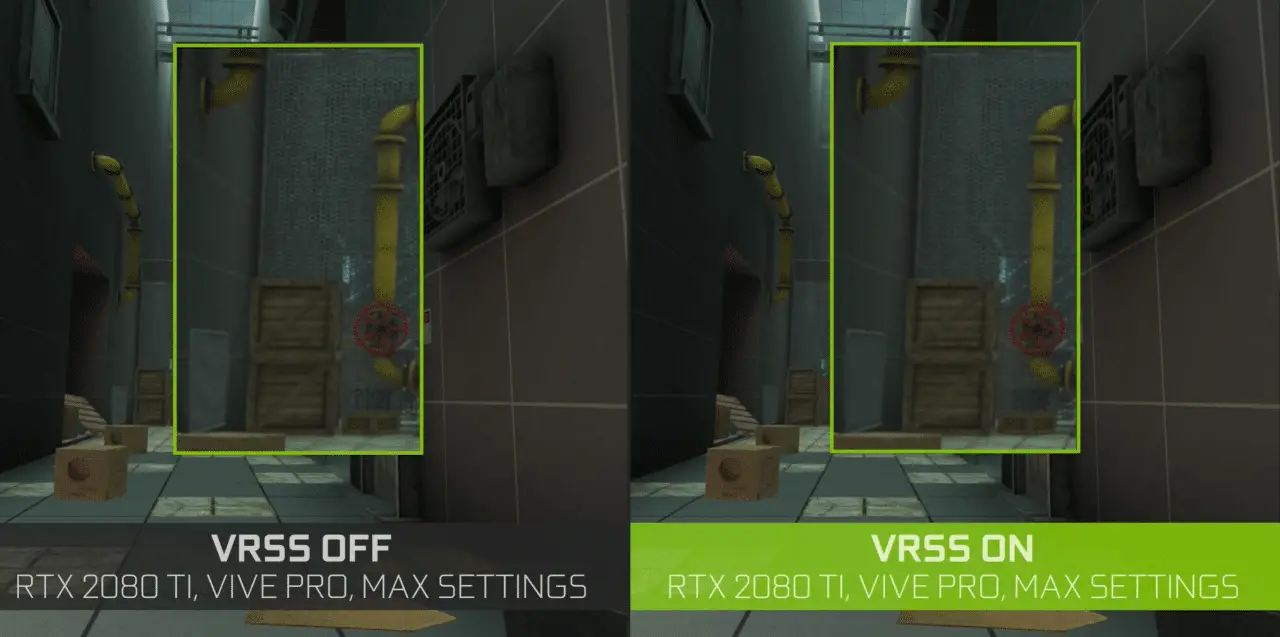Nvidia’s Variable Rate Supersampling (VRSS) is a further development of the Variable Rate Shading (VRS) technology introduced with the Turing architecture. VRS is used to improve performance by prioritizing rendering depending on the degree of detail and the importance of specific details. VRSS builds on this for specific virtual reality (VR).
When using a VR headset, players generally look at the center of the screen. VRSS was thus developed to improve the center of the image, by increasing the rendering resources for what naturally ends up in the player’s field of view. In a post on Nvidia’s developer blog, they now say that a new version of VRSS is released, where they collaborated with Swedish Tobii.
Tobii calls itself the world leader in eye tracking and develops both hardware and software to track and track eye movements. With VRSS 2.0, eye tracking has been integrated so that the rendering technology can follow the player’s field of view in real time, instead of a fixed point. As in the first version of VRSS, the rendering resources are increased corresponding to the degree of multisample anti-aliasing (MSAA) edge smoothing technology. With MSAA 4x, four times higher is possible, and MSAA 8x eight times.
With Tobii Spotlight, NVIDIA VRSS 2, and eye tracking-enabled HMDs, VR users will be able to enjoy an optimal user experience now with ‘dynamic’ foveated rendering. No additional coding or integration is required from developers and ISVs – Johan Hellqvist, Segmentschef för AR och VR på Tobii
No extra code from developers is required to use the technology, but VRSS and VRSS 2.0 are what Nvidia calls a “zero-coding solution” where the graphics card drivers do the job instead. To use the eye tracking in VRSS 2.0, however, it is required that the VR headset used has sensors or other built-in support for eye tracking.
VRSS 2.0 is available from Nvidia’s driver Geforce 465.89 Game Ready. The first VR headset to take full advantage of the technology will be HP’s Reverb G2 Omnicept Edition, which uses Tobii’s own eye tracking sensors.
















